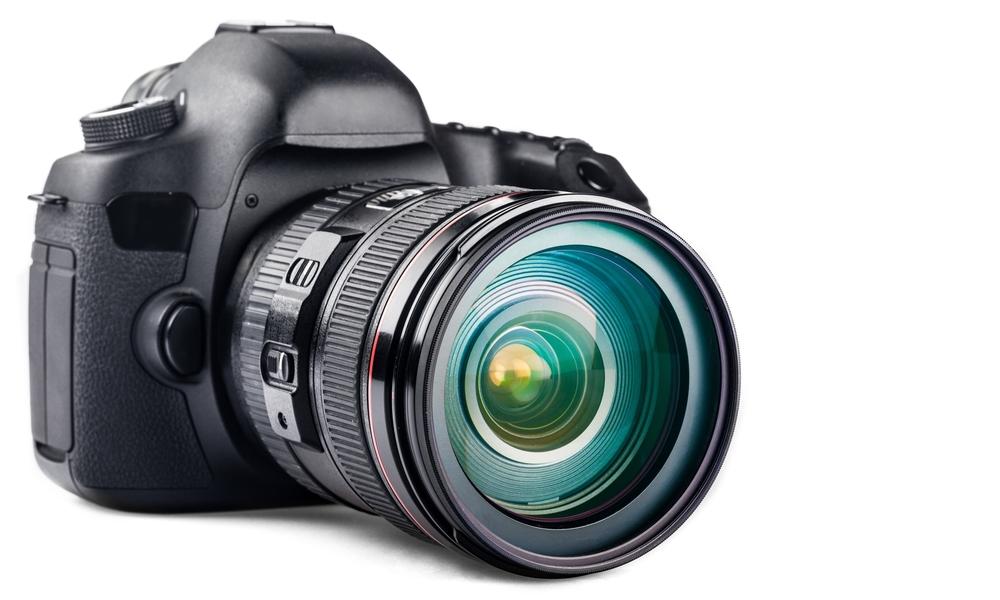The 35mm is a standard prime lens, much like the 50mm. Just like the 50mm prime, it also has a cult following because many photographers prefer the focal length that the lens offers. But is there more to the lens that makes it such a popular choice? In an earlier discussion, we compared the 35mm lens with the 50mm lens. In this discussion, we’ll find out more about why the 35mm is a go-to lens for many photographers.
The wide angle of view
The first reason is that the 35mm is a standard prime. The 50mm, too, is a standard prime, and therefore, many may think, what makes the 35mm special? The 35mm captures a wider field of view and therefore captures more of the scene than the 50mm. Please note that technically a wide-angle lens has a focal length of less than 35mm. So, the 35mm sits on the cusp between a standard focal length and a wide-angle focal length. Yet, you can use the focal length to shoot compelling landscape images.
Environmental portraits
The 35mm would not be on your priority list for shooting portraits. It rarely competes with the likes of the 85mm and the 105mm primes. But the 35mm isn’t a bad option in the right hands, either. Sometimes, you’re stuck with a lens you don’t want. Say, you’re at the beach and want to take an image of your significant other. You reach into your bag and find that the only lens you have that can shoot at f/1.8 is the 35mm prime. Don’t feel bad. The 35mm is a great lens. It can shoot at a maximum aperture of f/1.8; it’s lightweight and captures stunning images. The 35mm captures more of the scene than a typical portrait lens. This means you can use this lens for shooting environmental portraits.
Ideal for shooting videos
If you enjoy shooting videos, the 35mm lens is excellent. You can capture cinematic shots with this and take advantage of the wide-open aperture to capture shallow depth of field. This isn’t going to be an advantage for a photographer, but for a videographer, this is a fantastic lens. Videographers often carry several prime lenses with them to film. Prime lenses are better when it comes to focusing breathing when compared to zoom lenses. Not that every prime lens is devoid of focus breathing. For example, the Sony FE 35mm f1.4 GM has horrible focus breathing issues. But many modern mirrorless cameras come with focus breathing correction; therefore, this will no longer be an issue going forward.




